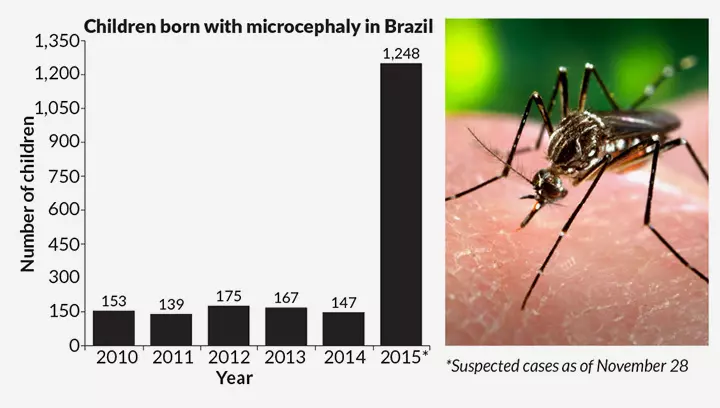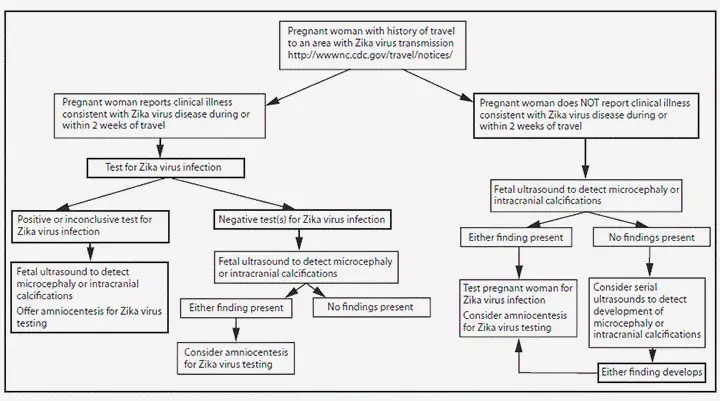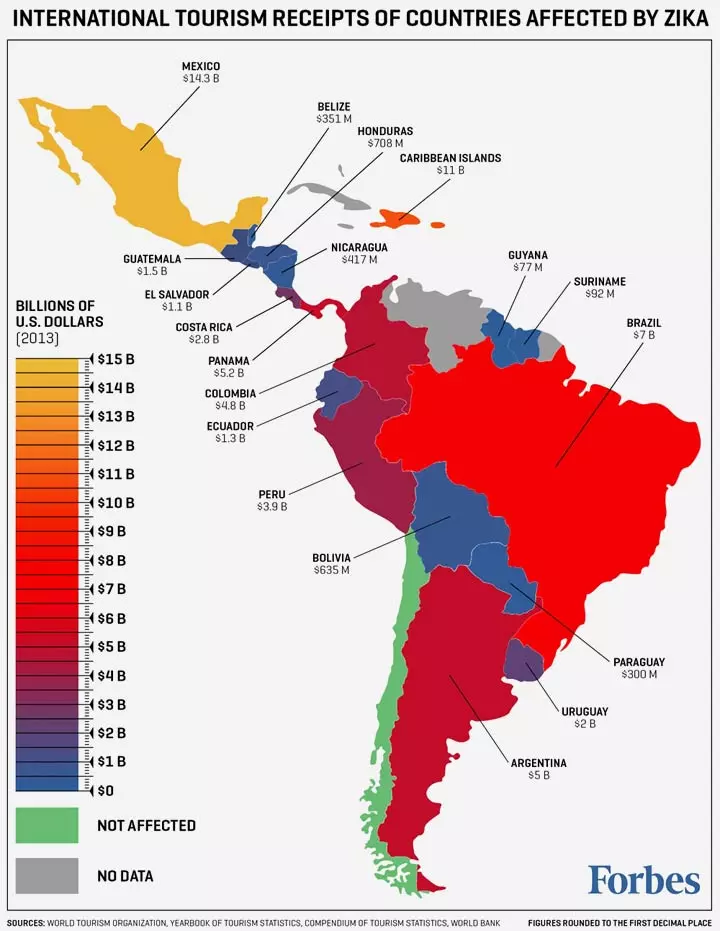

Image: iStock
Recently the World Health Organisation has announced the Zika pandemic as a ‘global emergency and equated its gravity with that of Ebola. Considering that Ebola was not controlled in time, some American scientists have enforced the ‘global emergency’ status of Zika virus. The virus may affect as many as four million people towards the end of the year.

In the past the Obama administration had de-emphasized the threat of Zika in that Zika cannot be compared to Ebola. On the other hand, there were assurances from The Centers for Disease Control that came with a whiff of relief that Zika was not as big a threat as perceived. While Ebola is far more life-threatening and requires direct contact to spread, Zika might turn out a larger trouble in the long run given that it is spreading very fast.
What makes the virus worse regarding the long-term impacts is the birthrates all over the world. Adults infected by Zika might have mild flu-like symptoms – most adults do not even feel the symptoms or realize that they have been infected. On the other hand, there have been few cases of Zika-related Guillain-Barre in adults that caused paralysis in the infected persons.
However, the greatest fear is the risk to unborn children. There has been a suggested link between Zika and other autoimmune neurological disorders. This apart, Zika has been associated with the dreaded condition called microcephaly in babies. Microcephaly involves a small head and an underdeveloped brain that can not only stunt a baby’s life but also come hard on the baby’s family. Since 2014, when Zika was reported in Brazil, there have been an alarming 4000 microencephaly births with a twenty-five fold surge since 2010.
Image: Source
If women in the affected countries choose to delay birthing, or if pregnant women have already been infected by Zika, it could have a severe impact on the countries like Germany, South Korea and Japan that are already struggling with depopulation. In countries like Salvador, the fertility rates are on the margin of replacement rate. If the Zika-infestation must affect their birth rates, the effect could be farfetched for decades. As a matter of fact, Salvador’s government has already taken a more drastic measure by urging women to avoid pregnancies till 2018.
India has recently announced that they are in the pre-clinical stage of developing a vaccine for Zika. Should the vaccine be developed and the birthrates recover, it will still be followed by a mini-boom, which can later bear its repercussions. The birth rates might fall drastically with one child per family in several parts of the world.
The Zika carrier, Aedes mosquito is prevalent in just about every continent but Antarctica. The fact that the outbreaks have been reported from Latin America, Africa, Southeast Asia and Pacific Islands, does not rule out an incidence in other parts of the world. Dallas has already reported a case of sexually transmitted Zika virus, as first of its instance.
Image: Source
If a pregnant woman has travelled to these regions, she must be tested for the virus. The CDC has issued an algorithm of how a woman who is pregnant must be tested if she has travelled to one of the Zika affected countries.
Image: Source
Tourism might be affected in several countries as well. Most of the Latin American countries affected by Zika might lose $63.9 billion in tourism, according to the World Bank. The Rio Olympics that is slated to begin in the next few months might not necessarily have fewer spectators, but the authorities have already warned pregnant women from coming to the country for the Olympics. Women athletes are already taking precautions by applying copious amounts of mosquito repellent creams.
Image: Source
So for now, while there is no cure for Zika, prevention turns out to be the best remedy.
Community Experiences
Join the conversation and become a part of our nurturing community! Share your stories, experiences, and insights to connect with fellow parents.
















